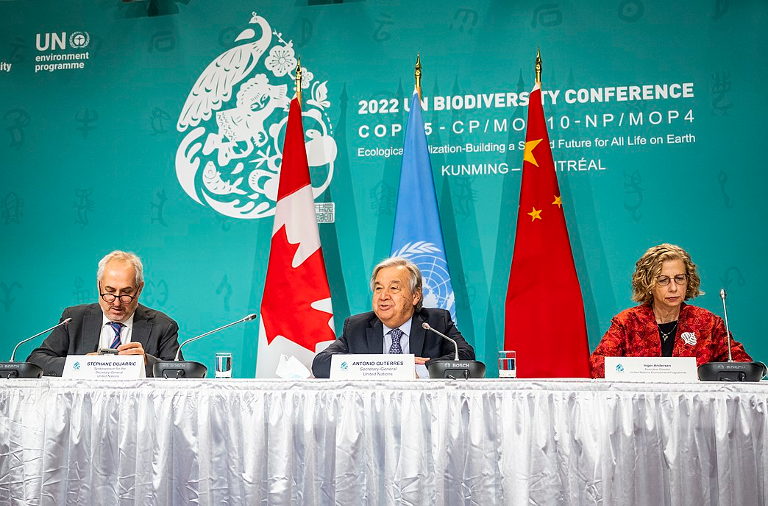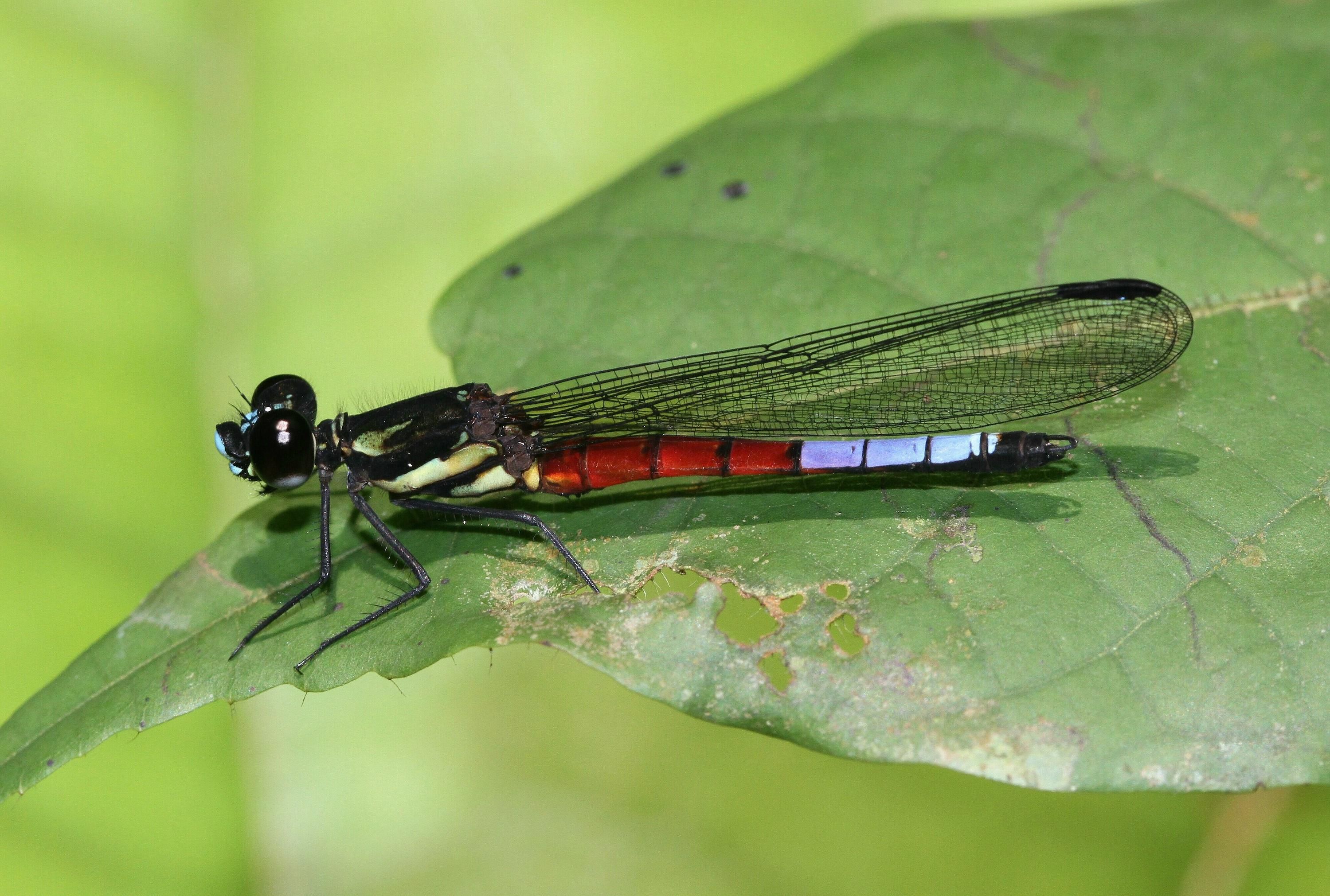On a recent, pre-pandemic journey to the High Andes of Colombia, I found myself surrounded by one of the region’s emblematic species, the flowering shrubs known locally as frailejones or “big monks.” These giant plants, relatives of sunflowers from the Espeletia genus, mesmerized me, their yellow buds and silvery hairs glistening in the intense, ephemeral sunlight.
Looking out over the vast, rolling landscape, I wondered how such a stunning, incomparable ecosystem can be taken for granted.
I’d accompanied National University of Colombia agricultural scientist Jairo Cuervo, that day, to Sumapaz — about 25 miles (40 km) southwest of Bogotá — to better understand the impacts of an expanding agricultural frontier on rich páramo soils.
Sumapaz is the world’s largest páramo — a type of high-altitude moorland ecosystem found in the South and Central American neotropics that functions as a sort of sponge, efficiently absorbing and storing rainwater and moisture into its vegetation and rich soils. The water is then released slowly and steadily, which is particularly important in dry seasons. Sumapaz and the nearby Chingaza páramo, for example, provide most of the water for the entire Bogotá savanna.
Páramos, experts say, may also serve as a sort of buffer against climate-change-induced recession of tropical mountain glaciers and extended droughts — if we can protect them.
Cuervo pointed to a potato farm and some grazing cows in the distance, where they’d taken over from the native vegetation. “Despite the páramo providing us with water to live, they are largely forgotten, neglected and at terrible risk,” he says.
Agriculture is just one of many interconnected pressures threatening these unique ecosystems and the people and wildlife who depend on them.
…click on the above link to read the rest of the article…














